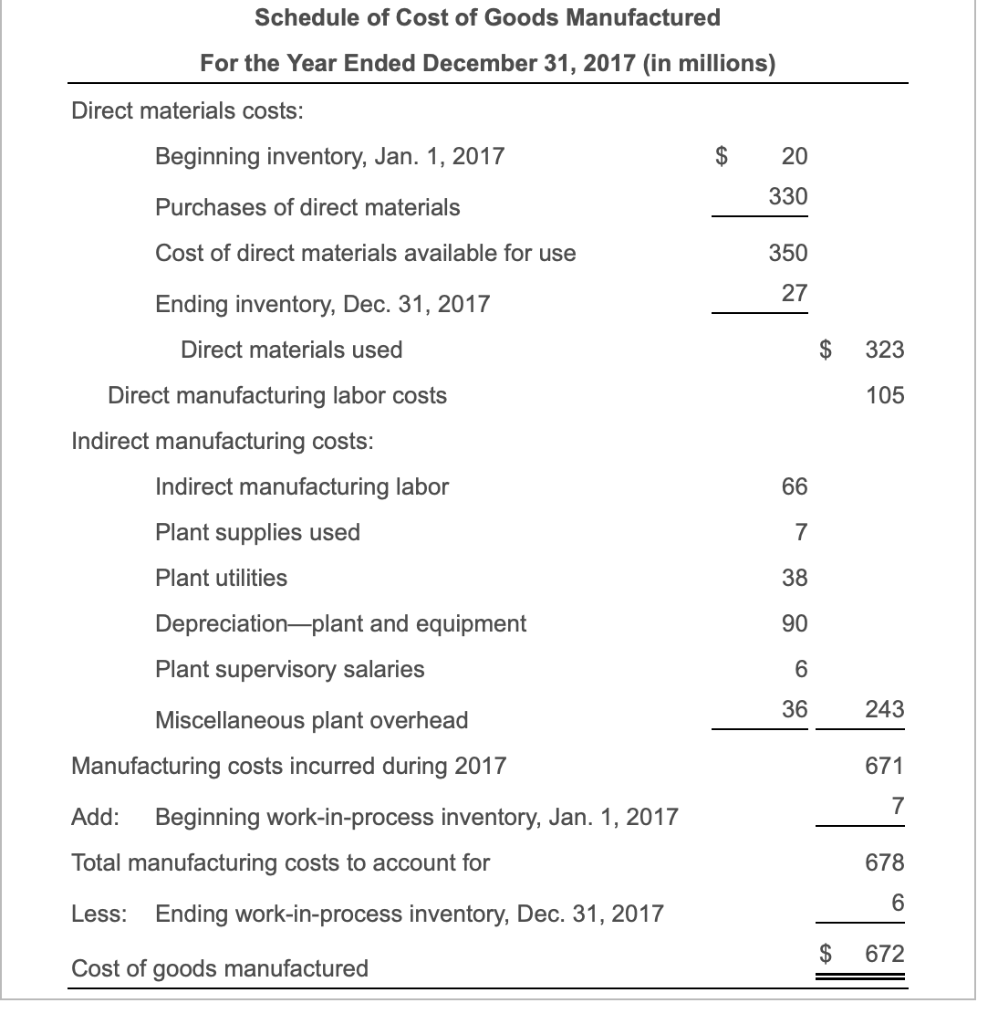


The COGS of a business indicates how efficiently that business manages its supplies and workforce in manufacturing its product.
#COGS ON BALANCE SHEET HOW TO#
For investors, a high COGS can suggest a cap on potential profitability, while a low COGS can indicate a competitive advantage. Learn how to calculate this important metric here. Internally, business executives focus on COGS when pricing the company’s products offered for sale. The IRS relies on it to determine a company’s tax bill. In general, COGS should become more efficient over time resulting in increased gross margins.Cost of goods sold (COGS) is the determination of how much it costs retailers, wholesalers and manufacturers to produce the goods they sell. For makers and resellers of products, COGS, sometimes also referred to as “cost of sales,” appears on an income statement where it is central to calculating gross profit. Why is it important to know and calculate the Cost of Goods Sold?Ī favourable trend for COGS depends on the stage the product and organization is at. Cost of goods sold refers to the stock costs of the goods that a company has sold over a particular period. All expenditures essential to producing top line revenue are considered COGS. That small % might sound trivial, but it could equate to 100s of thousands of dollars in additional cash and profit if they were hitting it. If a business isn’t hitting its target Profit ($) or Margin (%) it’s very hard to cut operating expenses to make up the difference. Note that the gross margin for that time period is positive, which means a solid business month. The effect of closing stock is to turn what may have looked like a loss into a profit, by matching the actual costs of the goods sold, to the income generated on sales in this trading period. Those indirect costs are considered overhead, not the cost of goods sold. If a cost is general for your business, like rent, a new machine, or general marketing costs, it isn’t a cost 100% dedicated to a specific item. COGSīusinesses thus try to keep their COGS low so that net profits will be higher. And, while it’s often listed first on a company’s income or cash flow statement, in reality there are other costs that have to be paid whether a company has any sales or not. So, while COGS is an important metric, it’s far from an accurate reflection of a company’s total cost of doing business. COGS, sometimes called “cost of sales,” is reported on a company’s income statement, right beneath the revenue line. Of course, you can use COG alongside other industry-approved techniques to ensure that you effectively compete with other businesses in the same niche.
#COGS ON BALANCE SHEET PLUS#
In the case of wholesale and retail businesses, the cost of goods sold is the amount that was paid for the inventory items to be sold, plus any shipping costs or labor for delivery.
:max_bytes(150000):strip_icc()/dotdash_Final_How_operating_expenses_and_cost_of_goods_sold_differ_Sep_2020-01-558a19250f604ecabba2901d5f312b31.jpg)
Therefore, the total costs of goods sold in that quarter are $24,000.To understand the difference between operating expenses and the costs of good solds, you must take into account how you attribute said costs. If your business has high COGS, you will pay less in taxes with lower net income. The gross profit can then be used to calculate the net income, which is the amount a business earns after subtracting all expenses. For example, fuel, is an indirect cost of performing a job or service it would be really difficult to allocate each gallon of fuel to a specific project or job. Indirect COGS still relate to the production of revenue, but cannot be tied to a specific customer, job or project. When they sell 100 widgets, they take the cost of production and move it from the balance sheet to the Income Statement as COGS. Example of the Cost of Goods Sold Formula.Cost of goods sold – What is cost of goods sold?.Why is it important to know and calculate the Cost of Goods Sold?.


 0 kommentar(er)
0 kommentar(er)
